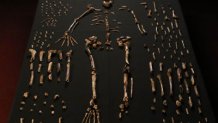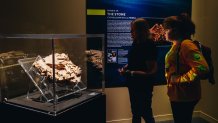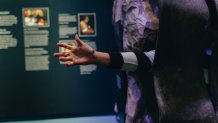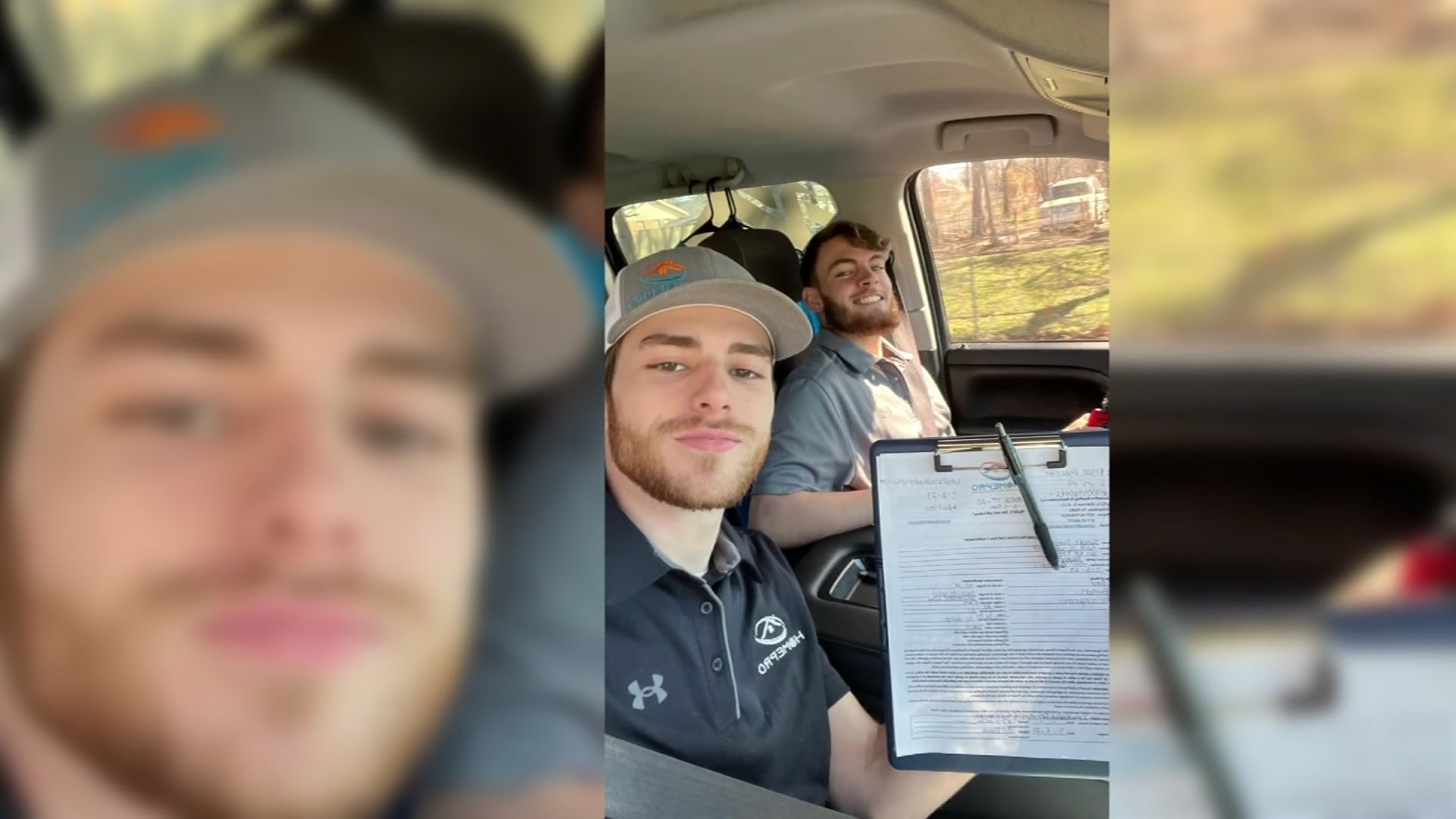It's all in the family – the human family – at "Origins: Fossils from the Cradle of Humankind" at Dallas' Perot Museum of Nature and Science, now on view through March 22. The exhibition introduces visitors to their ancient human relatives, Australopithecus sediba (Au. sediba) and Homo naledi (H. naledi), marking the first and likely only time these fossils will be on display in the United States.

The Perot Museum developed this exhibition in partnership with University of the Witwatersrand (Wits University) in South Africa and the National Geographic Society. The exhibition brings to life years of research and partnership tied to the museum's Center for the Exploration of the Human Journey, a global hub for education, communication and research dissemination in the study of human origins.
"It really was a project we spearheaded which is why it will premiere in Dallas and why this will be the only venue, they only time you will see these fossils outside of South Africa," Dr. Linda Silver, the museum's Eugene McDermott Chief Executive Officer.
The exhibition showcases the discoveries of a team led by Professor Lee Berger, a paleoanthropologist who serves as University of the Witwatersrand Philip Tobias Chair in Human Origins and National Geographic Explorer at Large. He is also the Distinguished Science Advisor for the museum's Center for the Exploration of the Human Journey.
"Origins" reflects Berger's approach to the scientific analysis of these fossils. "My generation of scientists believe in open sourcing and open access," Berger said. "All of the scientists share their data, all the scientists can see the data, we publish all the data and then we publish all of the things like the 3-D shape files so that not only can other scientists check what we do, you can check what we do. You can download them online and 3-D print them out and see the evidence for the arguments we make about these terrific finds."

Visitors can watch the scientists at work in a glass-encased lab as they study the fossils and they will be able to view research in real time. A block of fossils still encased in stone is on display for the first time.
Local
The latest news from around North Texas.
"They are undescribed fossils, never seen before by both scientists as well as the public," Berger said. "Scientists are going to be working here during the course of the exhibit actually digitally extracting bones and building what will be probably be the most complete ancient human relative fossil ever discovered."
The exhibition tells the story of how these fossils were discovered. In 2008, Berger's then 9-year-old-son found the right clavicle of Au. sediba at the site of Malapa, South Africa. Five years later, two cavers were exploring a narrow part of the Rising Star cave system in the Cradle of Humankind World Heritage Site when they found H. naledi fossils in the Dinaledi Chamber.

Retrieving the H. naledi fossils was a challenge. The chamber is 90 meters from the cave entrance and cavers needed to navigate through 7-inch openings. "There has never been a site discovered in such a remote, dangerous location that was so dangerous to access," Berger said. Berger assembled a team of six female scientists nicknamed "underground astronauts" to excavate the bones. More than 157 scientists were involved in this project, including those with specialized skills as well as early career scientists. The exhibition features a hands-on "squeeze through" display so visitors can experience those narrow crevices.

The fossils paired with a hyper-realistic, life-size sculpture of H. naledi flesh out the narrative of evolution. "We have a lot more to learn," Berger said. "We know human evolution was certainly not linear. We also know it wasn't like a tree or bush. It was more like a braided stream, the idea that there's a central tendency, but thing can go off and meander and sometimes rejoin. We're missing things. There are more things to discover."
The exhibition concludes with a simulated excavation site that will allow visitors to make their own discoveries using ground-penetrating technology paleoanthropologists and archaeologists use for their work.

"We want kids to get their hands a little dirty," Silver said. "The tablet technology we're utilizing to scan the field, find fossils and then do research on what they find is hitting the mark."
"Origins: Fossils from the Cradle of Humankind" reveals basic human commonalities and inspires curiosity. "It sheds light on this human story, this shared ancestry that we have and going back to those beginnings and recognizing and appreciating that we're all connected," Silver said. "You will leave this exhibit, I predict, with more questions than answers and I love how that reflects the true nature science."
MORE: Perot Museum



